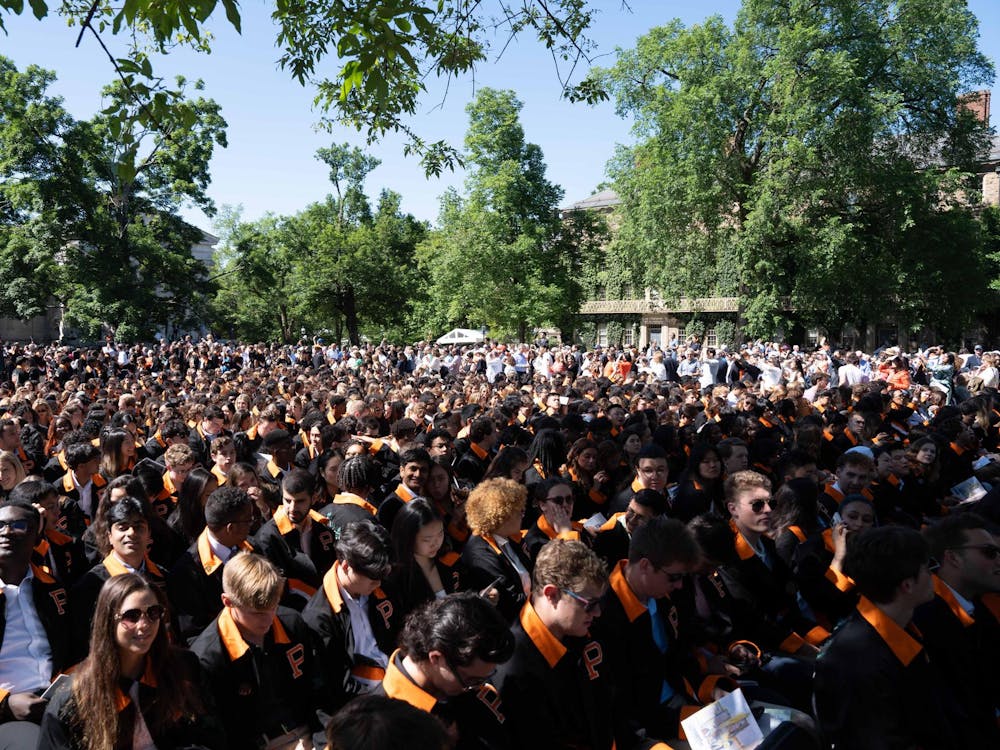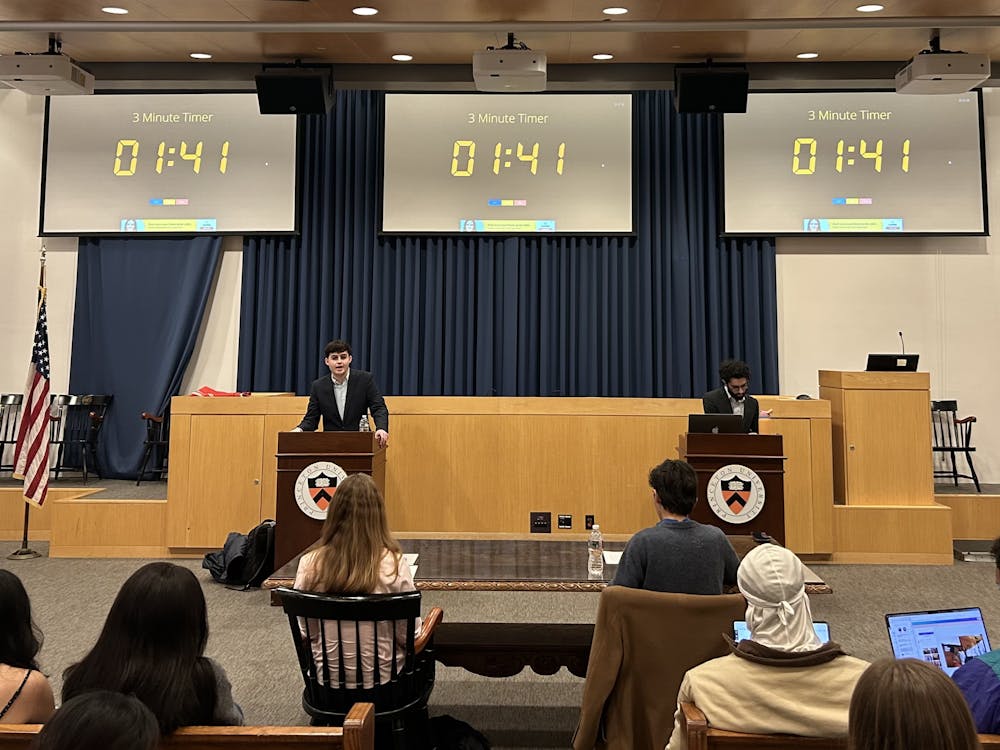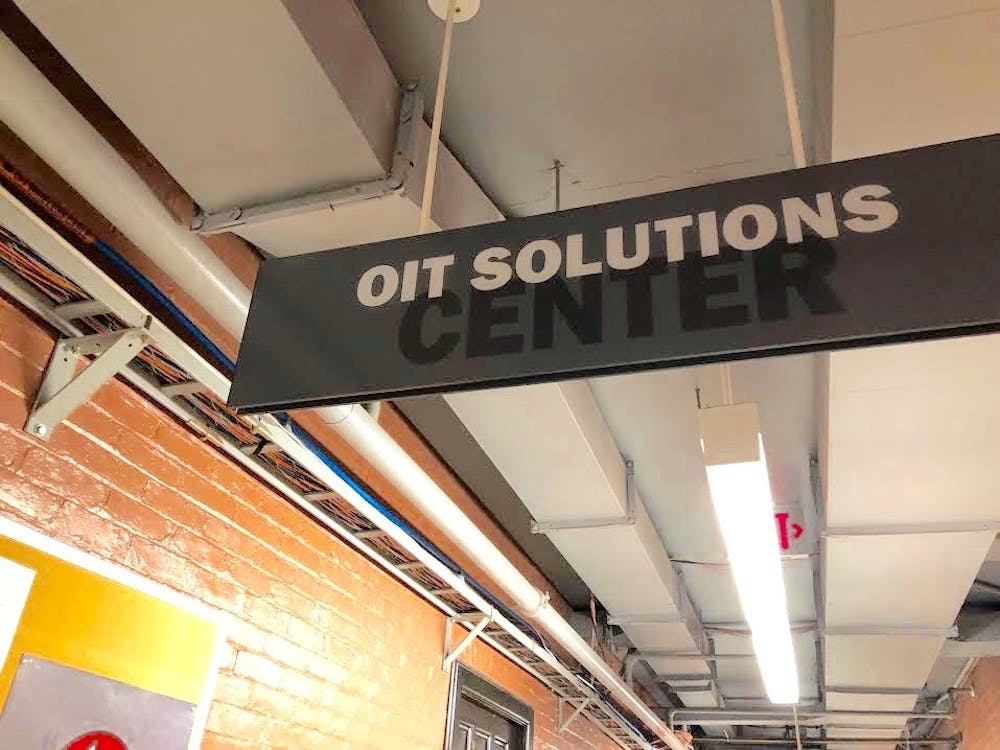Imagine this situation. You're in your car, prowling an enormous, crowded parking lot — WalMart when the students return, or the mall on Dec. 24 — in search of a spot. You negotiate row after long row, painfully traversing the lot from one end to the other, and find nothing. It seems that the only parking spaces available are the highly desirous handicapped spots, but you're 20 years old and capable of running the New York marathon tomorrow. If you posed as a cripple, left your car there, you'd be worse than the scum of the earth. After 15 minutes spent searching, you settle for a spot halfway to Timbuktu. As you hike toward the entrance, you watch a car that's just entered the lot turn into one of those coveted blue spots mere feet from the door. You watch as the front door opens and the driver slides out one leg, then the other. He straightens himself out, stands upright and moves toward the entrance with smooth, even strides. Do you get angry? I used to, until I became one of those people myself.
A year ago this Epiphany, while I was an exchange student in Italy, I began to experience deep piercing pains in my lower back. It became tortuous to remain on my feet and difficult to walk even moderate distances. I remember my optimistic relief when the back pain dulled to a deep stabbing ache down my leg. Upon returning to America I had surgery to correct a herniated disk, but the hoped-for relief did not come. Drugs and physical therapy continue to help, but their effects wane after a few hours. Waking up every morning thus becomes a lottery — how mobile will I be today?
Always stubborn, I ignore this uncertainty. I visited Berlin with my Italian schoolmates in February, tackled Rome and Sicily in May, and explored Tuscany in June. This Winter Break I toured with Triangle Club and spent two weeks in Israel, trips that would tax even the healthiest. I'm convincing my parents to let me go to Uruguay over Spring Break, though they want me to rest. In fact, it's this very refusal to concede to my injury that makes me what I am today: dysfunctional only occasionally.
It's a difficult contradiction to accept. My host parents found my level of activity baffling. If I hurt as much as I said every other day, why didn't I stay in bed all the time instead of trekking around Italy? When I've told Princeton acquaintances of my injury, those who have seen me running around campus often react with a "that's impossible." To be credible, a difficulty must be constantly apparent. When legitimacy depends upon public perception of a problem, an intensely private matter becomes public domain, and often pity is mistaken for understanding.
I don't want pity. Usually I resist speaking of my injury, mainly to avoid the well meaning but less-than-delicate questions that put my politeness to the test. When I do speak it's on my own terms, as much as I care to tell and no more. I don't explain that a night of dancing is worth not being able to stand the next day; I just say that I'm not tired. Those who know of my vulnerabilities should not attempt to limit my life more than my injury does. I'll ask for help if I need it.
I hope that my injury remains, as it is now, a private problem hidden from public view. I hope never to apply for a handicapped sticker. But if I must, when I park mere feet from the entrance, slowly exit from my car, and smoothly pace my steps to subdue the knife in my back, I want for those watching me to avert their eyes. Emily Stolzenberg is a freshman from Morgantown, W. Va.







